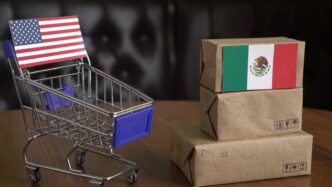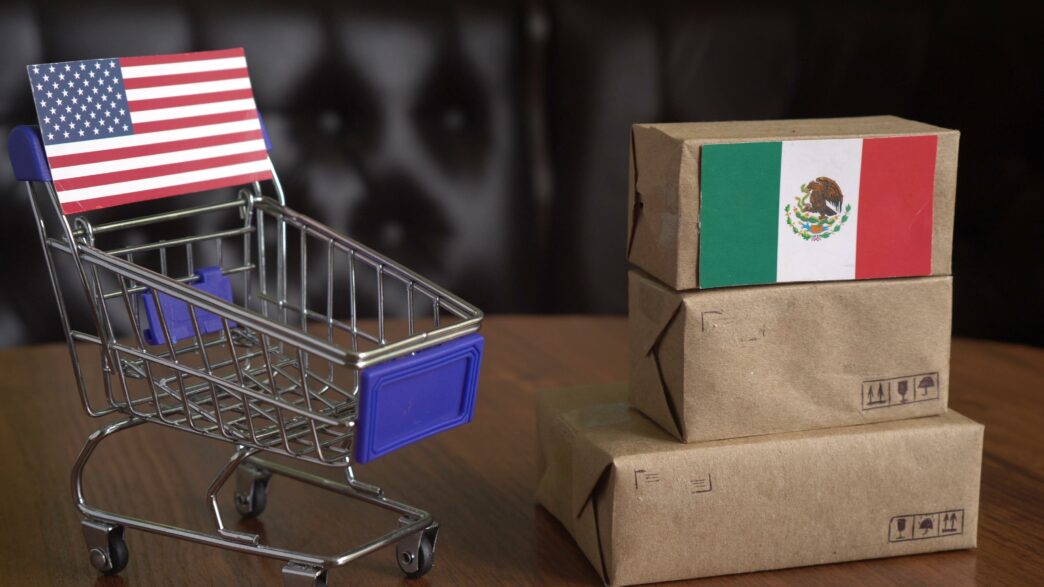A Close Look at Baja’s Production
Exports from Baja California Sur to the United States (USA) totaled 126 million dollars in 2023, consolidating the northern neighbor as the state’s main trading partner.
Agricultural products such as strawberries, asparagus, chilies, and cucumbers, along with the lobster, abalone, and shrimp fishing industries, are among the most significant exports to this market. Other notable exports include beer, tequila, and mezcal.
Baja California Sur’s foreign trade is primarily based on agricultural and fishing production, significantly contributing to the supply of vegetables and seafood for the American market.
In agriculture, the Santo Domingo Valley is recognized as the most significant area, featuring an agricultural frontier of 30,000 hectares and a water extraction system with 704 wells.
In the fishing sector, the North Pacific zone holds the primary lobster and abalone concessions, while Mulegé stands out for oyster production in Laguna San Ignacio. These oysters are exported to China and Hong Kong, contributing to the state’s total international sales of 217 million dollars.
The risk of the 25% tariff imposed by former President Trump impacting exports poses a significant threat to the local economy.
Delia Mendoza, operational supervisor of Ruffo de Alba Customs, stated:
“Car assembly companies that operate in Mexico, such as the Toyota factories in Tecate, Baja California, or the Ford factories in Hermosillo, Sonora, would have to pay additional costs to export their vehicles to the United States.”
“This could lead them to move their production to U.S. soil, generating unemployment in our country,” she warned.
Unlike the automotive sector, food would be exempt from this tariff, according to preliminary information obtained from national associations on the matter.
“So far, we have received information that consumer products, as well as groceries that enter in emergency situations, will not be affected by tariffs,” Mendoza added.
However, any alteration in export costs could impact the competitiveness of Baja California Sur’s products in the international market, as foreign trade reflects the economic composition of the state.
Livestock activity, for example, has zero participation in exports, as the state has a deficit in milk, eggs, chicken, and sausage production.
In contrast, agricultural and fishing production continues to grow, reaching a volume of 500,000 tons of exported products in 2023, according to the state government.
One of the most significant challenges for Baja California Sur’s export sector is the volatility of international prices.
The head of the SEPADA (Ministry of Fisheries, Aquaculture, and Agricultural Development), José Bermúdez, explained that the fishing sector is still dealing with the economic consequences of the COVID-19 pandemic.
As trade policies between Mexico and the U.S. continue to evolve, Baja California Sur must work to consolidate its position in the foreign market by strengthening its infrastructure and ensuring competitive conditions for its key exports.



